(From the 2010 review.) Is James Whale’s Bride of Frankenstein (1935) the greatest horror film ever made? It’s often been called that, but I’m not sure it’s reasonable to make any such claim about a genre that’s changed over the years. I am, however, comfortable with calling it the greatest of all classic-era horror films. It’s certainly a great film, regardless of genre—probably the best film Whale ever made. It’s grand, spectacular entertainment: a blend of horror and black comedy carried along by Whale’s unique combination of theater and cinematic fireworks. And it’s all topped off by magnificent performances from Karloff (billed simply as Karloff), Colin Clive and, especially, Ernest Thesiger. If that’s not enough, there’s one of the best film scores of all time from Franz Waxman and enough subtext to chew on for weeks afterwards. In short, this is one hell of a movie.
It seems like a no-brainer now, but the idea of sequels was not that common at the time. There’d been Son of the Sheik in 1926 and Son of Kong in 1933, yes. And there were series films based on literary characters—Sherlock Holmes, Philo Vance, Fu Manchu, Bulldog Drummond, Charlie Chan—but sequelitis had not set in when Bride was made. There was the additional fact that Whale had not wanted to make a sequel to Frankenstein (1931) for a variety of reasons—not the least of which was that he was bored with the horror genre and had only taken it up in the first place because he had been in danger of becoming typecast as someone who only made movies about World War I. However, when he realized he could make the sequel as a black comedy, he relented. He could have fun with the material—and he planned an ending that would put an end to the Frankenstein series for all time.
Universal didn’t care. What they wanted was something that could be marketed as a Frankenstein movie from Whale that starred Karloff. That much they got. As for Whale, his own level of interest in horror as such is probably best summed up by the cutaway to a bored owl that can barely be bothered to notice the Monster’s (Karloff) first bout of mayhem and a later cutaway to a lamb crying, “Bah!” when the Monster menaces a shepherdess (Ann Darling). Oh, he gave them their horror—too much as it turned out, since the censors demanded cuts and overdubs to minimize the killings—but it wasn’t his focus.
Nothing about the film was traditional. It appears to start on a horror-movie note with a storm at a castle, but it quickly turns out that the castle is merely a quiet night at home with Mary Shelley (Elsa Lanchester), Percy Bysshe Shelley (Douglas Walton) and Lord Byron (Gavin Gordon). (The censors may have been unaware of the particulars of that setup.) The film then pulls an outrageous in-joke by having Byron recount (with flashbacks) the events of the first film as a synopsis of Mrs. Shelley’s novel (despite the fact that those events have little to no relation to that book). This prompts Mary to reveal “that wasn’t the end at all” and regale the others—and the movie audience—with the rest of the story, which is the film proper.
The movie returns to the distinctly un-Shelley burning windmill of the first film with both Henry Frankenstein (Colin Clive) and the Monster presumed dead. The tone is immediately different and so is the crowd, who have now become a kind of lynch mob with a gang of bloodthirsty sightseers, given voice mostly by Whale favorite Una O’Connor as Minnie, a heretofore unseen servant in the Frankenstein household. Minnie relishes the Monster’s supposed demise (“I’m glad to see the Monster roasted to death before my very eyes!”). She also offers helpful scientific insight when the fire blazes up anew at one point—“It’s his insides caught at last. Insides is always the last to be consumed.” Of course, the Monster is not dead. It appears that the floor gave way and plunged him into the cistern under the mill.
More has changed. In this version the manor house of the Frankenstein’s from the first film has become a gothic castle (complete with bridge access and one presumes a moat) and the time period has changed from the seemingly contemporary one of the original to some fairy-tale and very indistinct time in the past. Plus, we don’t yet know that Henry is alive (though we saw he was in the original) and the old Baron has conveniently expired offscreen (perhaps because Frederick Kerr, who’d played him, had died in 1933). Additionally, Elizabeth has mysteriously transformed from blonde Mae Clarke into brunette Valerie Hobson. Oh well, things happen.
The basic thrust of the story has Henry’s old teacher, Dr. Pretorius (Ernest Thesiger), blackmailing his former pupil into creating a mate for the Monster. The whole blackmail idea seems a little shaky, since the entire populace seems to know that Henry created the Monster, but it works well enough to set the show in motion. Anyway, Pretorious is so superbly, flamboyantly evil—not to mention a very queeny old humbug—that it’s hard to care. Henry is even more high-strung than in the original film, and probably seems even more so since Colin Clive was well on his way to drinking himself to death (he succeeded in 1937).
What follows is simply an amazing—and amazingly quirky, personal and completely stylized—entertainment that can be read as much more, depending on how far you want to go in exploring the subtext of how the whole thing relates to Whale’s homosexuality. (I spent a good chunk of a very long article on the film delving into this back in 1998.) It’s also perhaps the most stupefyingly “sloppy” great movie of all time. Some of this simply stems from Whale’s apparent lack of concern over continuity—exacerbated by his tendency to edit in the camera so that there wasn’t a lot of “protection” footage to cut away to when shots didn’t match. But its most notorious moment comes from a post-production change.
As originally shot, Henry met his doom in the explosive climax. The studio was unhappy and wanted this changed. So it was, but in the long shots you can still see Henry hugging the wall as the laboratory comes down—even though we’d already seen him beat a retreat in the reshot footage. Whale had badly wanted to kill off both Henry and the Monster—thereby putting an end to the thing and any future notions of continuing it—but he decided that so long as the Monster was dead, that was enough. He hadn’t, of course, reckoned on future screenwriters deciding that the Monster was indestructible, which would lead to Son of Frankenstein (1939) and all that followed.
The Thursday Horror Picture Show will screen Bride of Frankenstein Thursday, July 24 at 8 p.m. in Theater Six at The Carolina Asheville and will be hosted by Xpress movie critics Ken Hanke and Justin Souther.



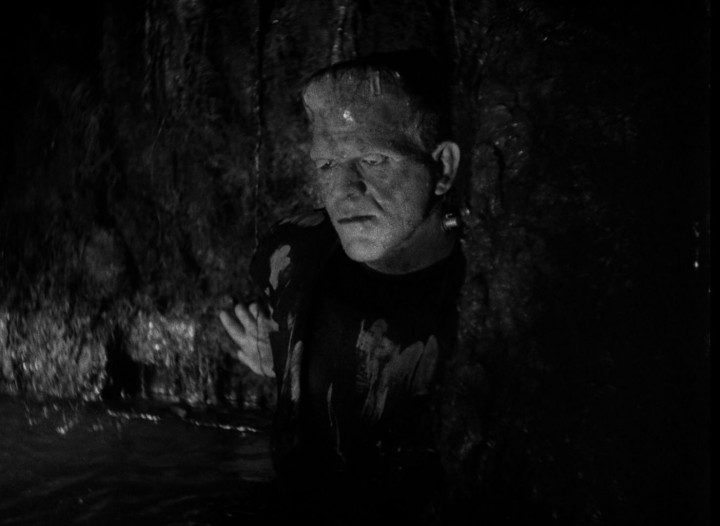
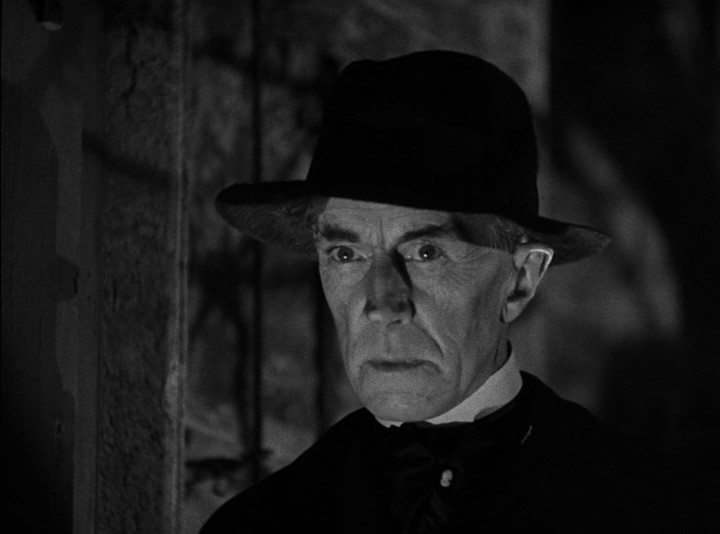
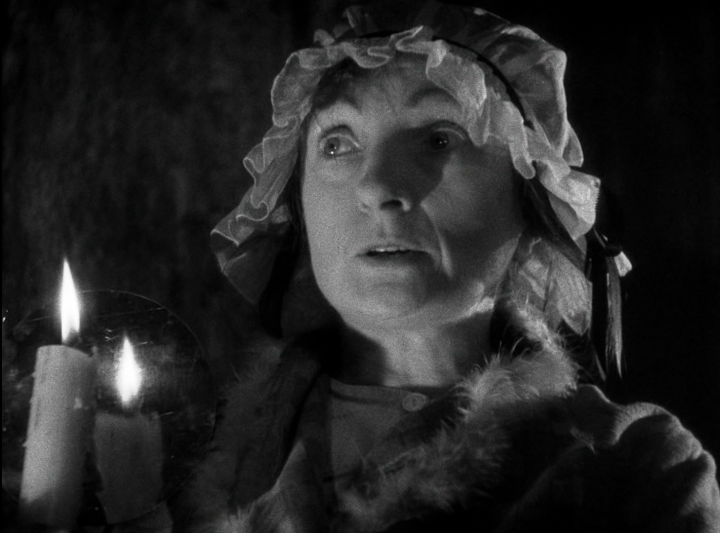
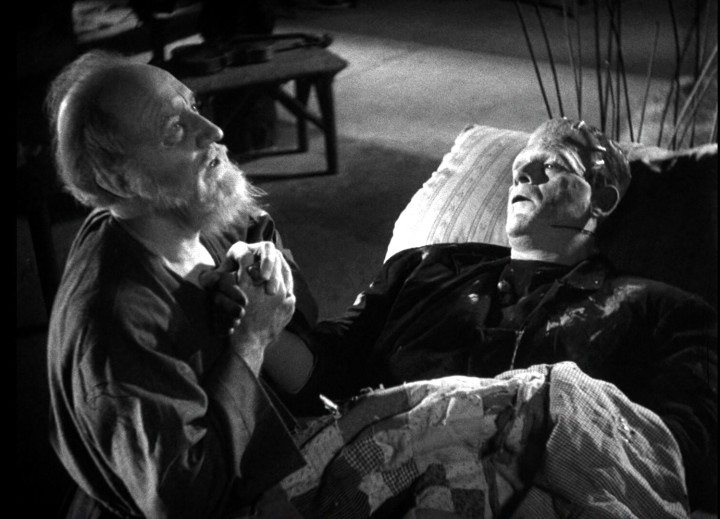
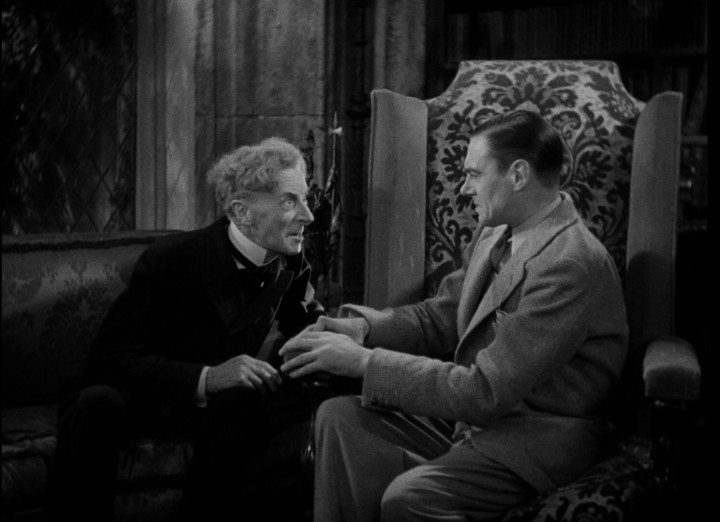
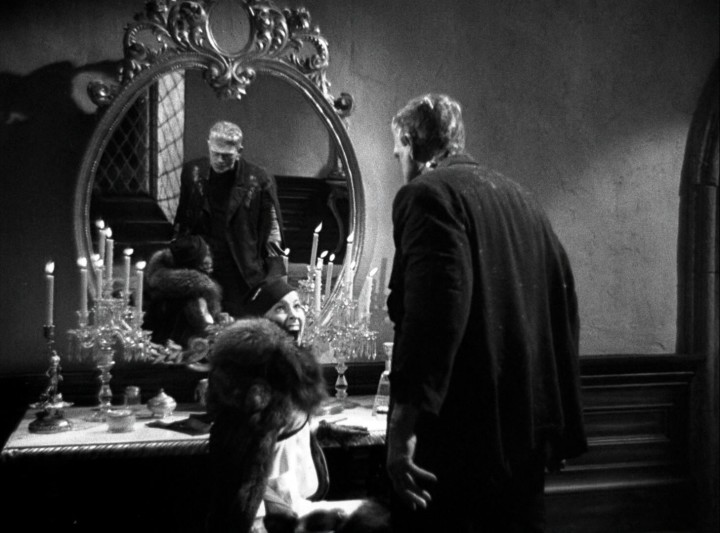
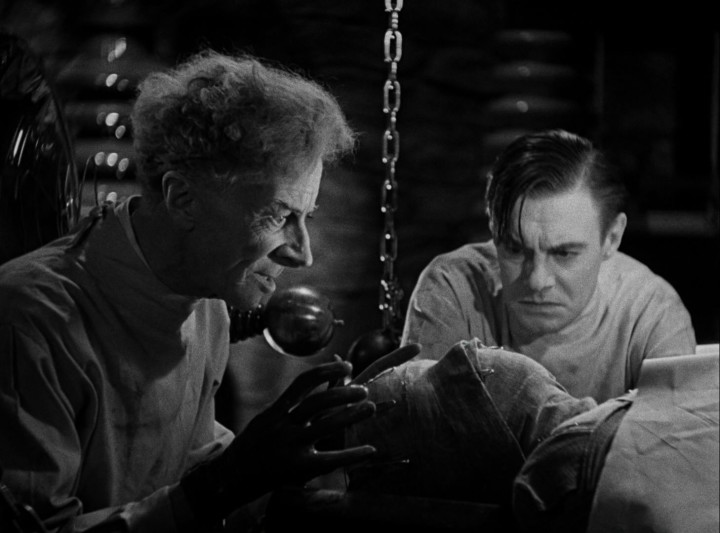
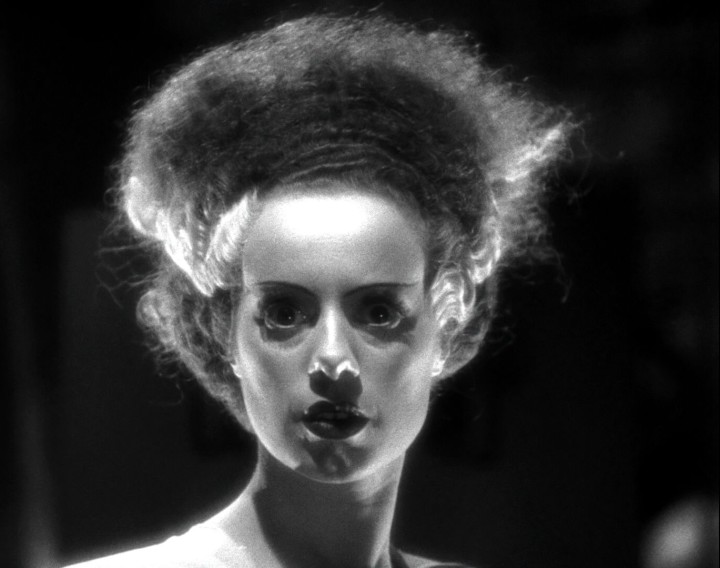
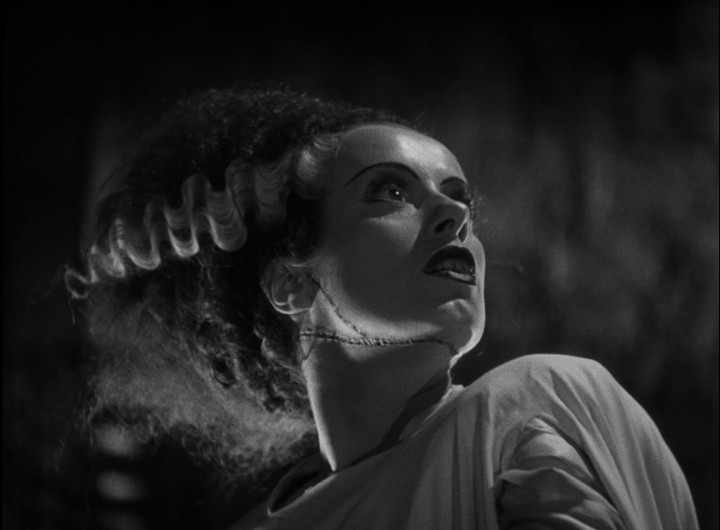
Before you comment
The comments section is here to provide a platform for civil dialogue on the issues we face together as a local community. Xpress is committed to offering this platform for all voices, but when the tone of the discussion gets nasty or strays off topic, we believe many people choose not to participate. Xpress editors are determined to moderate comments to ensure a constructive interchange is maintained. All comments judged not to be in keeping with the spirit of civil discourse will be removed and repeat violators will be banned. See here for our terms of service. Thank you for being part of this effort to promote respectful discussion.